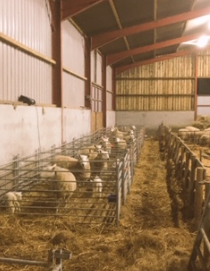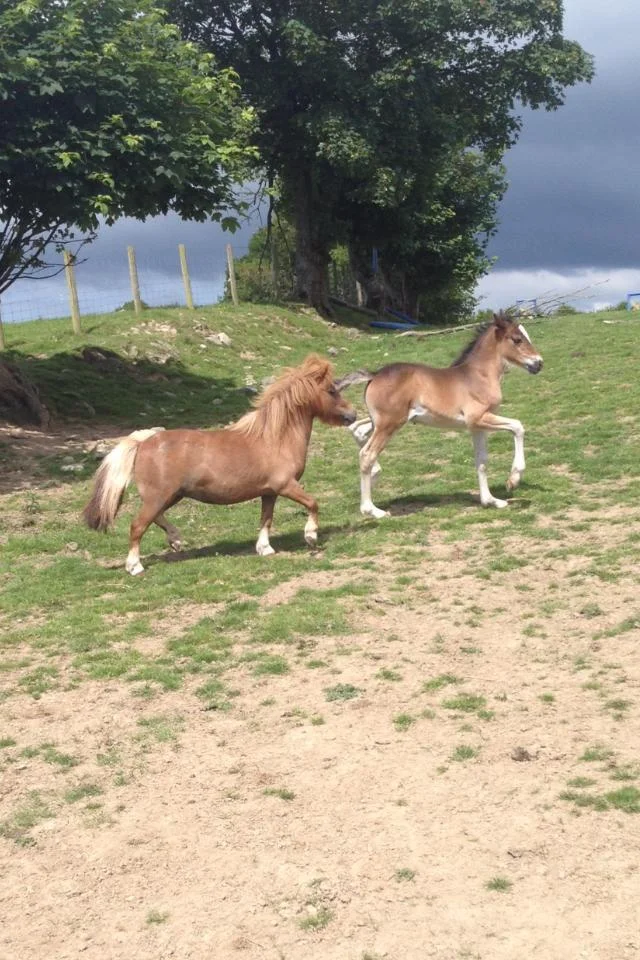Worried You Won’t Get the Grades to Become a Vet? Don’t Panic — You Have Options
/Many students hoping to apply for veterinary medicine worry about meeting the high academic standards required by UK veterinary schools. But what happens if you don’t think you’ll achieve the grades — or if you’ve already missed them and your offer has been withdrawn?
Here are some alternative routes you can consider:
Apply for foundation or gateway years
Check eligibility for a contextualised offer
Take a year out and resit your exams
Foundation and Gateway Years
Most UK veterinary schools offer Widening Participation and Access Schemes. These provide opportunities for students who may not meet the typical academic or work experience requirements. If accepted, these programs often lead to automatic entry or an interview for the standard 5-year Veterinary Medicine course.
Importantly, veterinary foundation or gateway courses can also be used as your fifth UCAS choice, as they are not classified as direct veterinary medicine degrees by UCAS.
Here are some veterinary foundation and gateway course options:
University of Bristol – BVSc Gateway to Veterinary Science (D108)
Automatic entry onto the Veterinary Medicine degree if the Gateway year is passed.
Entry requirements: ABB, including Biology and Chemistry.
Designed for mature students who have taken 5+ years out of education.
University of Nottingham – Veterinary Medicine and Surgery including a Gateway Year
Automatic entry into the Veterinary Medicine degree if the Gateway year is passed.
Entry requirements: ABB, including Biology and Chemistry.
Royal Veterinary College (RVC) – Veterinary Gateway
Leads directly into the Veterinary Medicine degree if the Gateway year is passed.
Entry requirements: No more than two grades below the standard offer.
University of Surrey – Life Sciences International Foundation Year
Prepares international students for application to the Surrey Veterinary Medicine course.
Only September intake students are eligible for Veterinary Medicine applications.
University of Central Lancashire (UCLan) – Veterinary Medicine and Surgery with Foundation Year
Offers automatic progression to the Veterinary Medicine degree if the foundation year is passed.
Contextualised Offers
Contextualised offers are reduced grade offers made by universities to applicants from specific socio-economic backgrounds. For example, a typical AAA offer for Veterinary Medicine may be reduced to ABB.
Eligibility may be based on:
Household income
POLAR quintile of your home area
First-generation university attendance
Receipt of free school meals
Check individual universities' policies, as eligibility and offer reductions vary.
Resitting Exams
Taking a year out to resit your exams can be a practical and effective route. Many veterinary students don’t get in on their first try. If you're considering applying again after resits, make sure to check the reapplication policies of each veterinary school — some may not accept repeat applicants or may have specific conditions.
If you’re committed to becoming a vet, remember there are multiple ways to reach your goal — even if your path isn’t the traditional one.




















